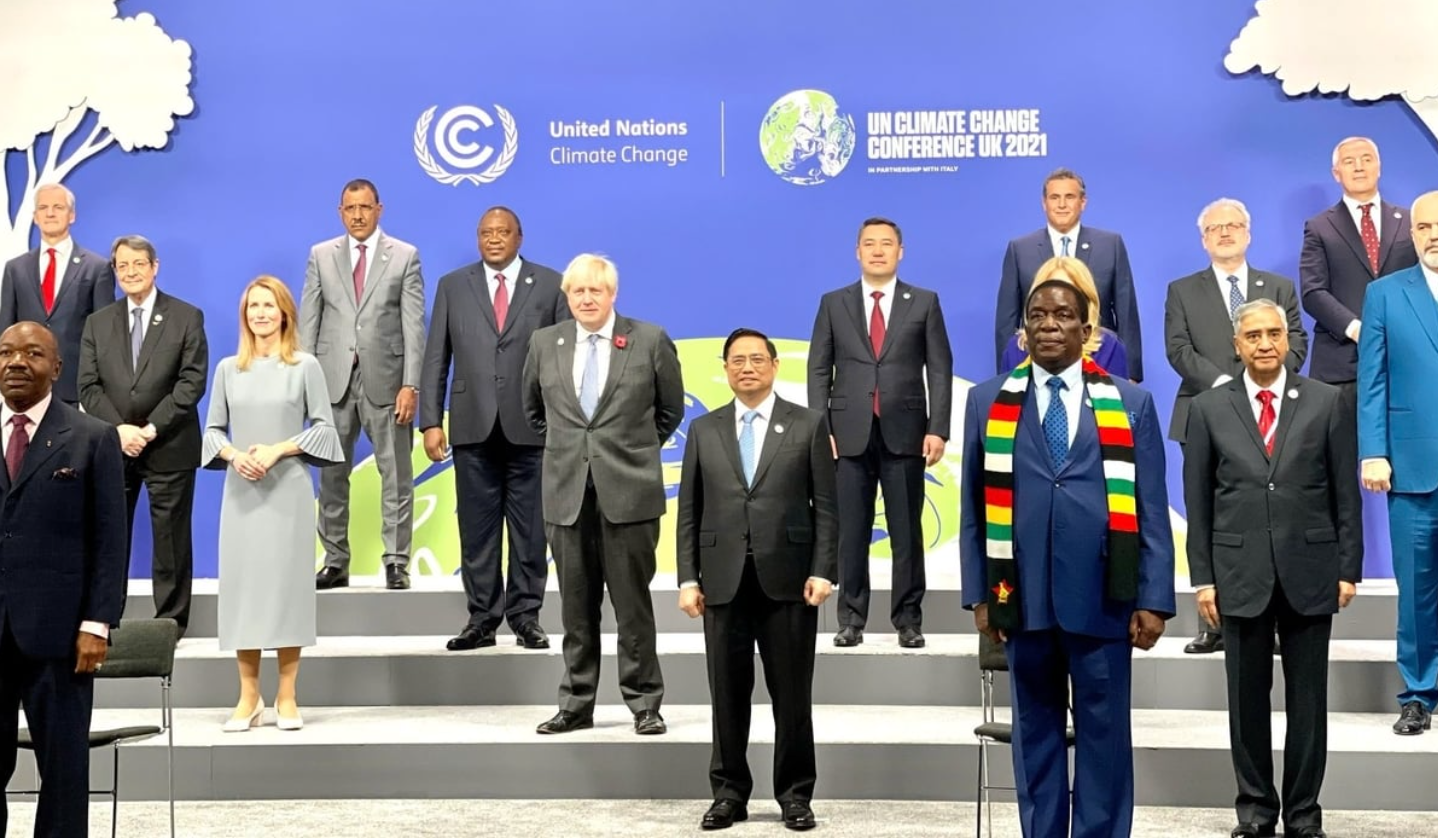Although climate change is a relatively new field, it has attracted very active international engagement in recent years.
Viet Nam has participated in 19 international treaties and agreements related to climate change.
Recognizing the serious impacts of climate change on the country’s sustainable development, Viet Nam early on signed the United Nations Framework Convention on Climate Change (UNFCCC) on June 11, 1992, and ratified it on November 16, 1994; signed the Kyoto Protocol on December 3, 1998, and ratified it on September 25, 2002; and ratified the Doha Amendment to the Kyoto Protocol in June 2015.
Following the adoption of the Paris Agreement by the Parties to the Convention, the Agency advised the Government to approve the Paris Agreement on climate change (Resolution No. 93/NQ-CP dated October 30, 2016), and the Prime Minister issued the Plan to Implement the Paris Agreement on Climate Change (Decision No. 2053/QD-TTg dated October 28, 2016), thereby enhancing Viet Nam’s standing in global climate action efforts, especially after the Paris Agreement was adopted.
 Viet Nam has participated in 19 international treaties and agreements on climate change.
Viet Nam has participated in 19 international treaties and agreements on climate change.Regarding ozone layer protection, Viet Nam has participated in the Vienna Convention and the Montreal Protocol since 1994. Viet Nam also ratified the Kigali Amendment to the Montreal Protocol on the control and phase-out of hydrofluorocarbons (HFCs) in 2019, marking an important milestone in strengthening the country’s ozone layer protection efforts.
To date, Viet Nam has participated in 19 international treaties and agreements on climate change. At COP26, Viet Nam committed to achieving net-zero emissions by 2050, reducing methane emissions by 30% by 2030 compared to 2020, and endorsed the global declaration on transitioning from coal to clean energy.
Viet Nam has actively implemented the Clean Development Mechanism (CDM), becoming one of the four countries with the highest number of registered projects, after China, Brazil, and India. The Japan-Viet Nam Joint Credit Mechanism (JCM) has also been implemented, with projects currently being signed and carried out in cooperation with multiple international partners.
In addition, Viet Nam has achieved significant results in phasing out ozone-depleting substances, fully complying with its international commitments.
Implementing international commitments
Following COP26, Viet Nam negotiated and endorsed a political declaration establishing a just energy transition partnership with international partners within and beyond the G7. These are significant milestones in the country’s international integration on climate change, affirming Viet Nam’s position while providing “dual” benefits: access to knowledge, technology, and green finance, supporting economic restructuring, and enabling proactive climate action. Global and domestic climate response has entered a new phase, with opportunities arising from Viet Nam’s deep and substantive engagement in worldwide efforts.
To implement these commitments, the Prime Minister established a Steering Committee for COP26 commitments and issued a plan outlining tasks and solutions to implement the outcomes of the 26th Conference of the Parties to the United Nations Framework Convention on Climate Change (2022).
Viet Nam is among the early countries to develop and submit its Intended Nationally Determined Contribution (INDC) to the Secretariat of the United Nations Framework Convention on Climate Change (UNFCCC) in 2015, demonstrating strong effort and responsibility in addressing global climate change. Subsequently, Viet Nam reviewed and updated its Nationally Determined Contributions (NDCs) in 2020 and 2022. According to the 2022 updated NDC, Viet Nam aims to reduce greenhouse gas emissions by 15.8% compared with the business-as-usual scenario using domestic resources, and up to 43.5% with international support. Currently, the Department of Climate Change is leading coordination with relevant ministries, international organizations, and experts to review and develop Viet Nam’s NDC for 2026–2035 (NDC 3.0) to be submitted to the UNFCCC Secretariat in 2025.
Ozone layer protection has also been strengthened and recognized by the international community. Viet Nam has completed the phase I and II management and elimination plans for HCFCs and has begun implementing phase III for HCFCs and phase I for HFCs. The country has fully phased out CFCs, Halons, and CTCs since 2010; eliminated pure HCFC-141b in foam production since 2015; restricted methyl bromide use to agricultural quarantine purposes; and is strictly following the HCFC phase-out schedule aiming for complete elimination by 2040. According to the International Ozone Secretariat, since joining the Vienna Convention and the Montreal Protocol until August 2025, Viet Nam has contributed to preventing the emission of 240 million tons of CO₂ equivalent - an impressive result that not only protects the ozone layer but also makes a practical contribution to global greenhouse gas reduction goals.